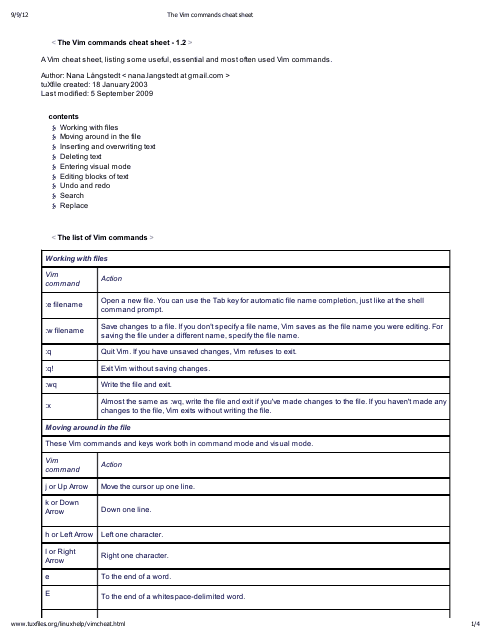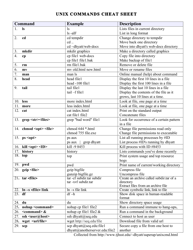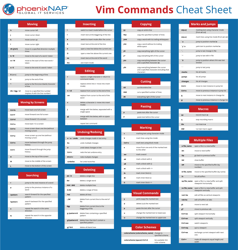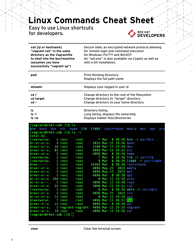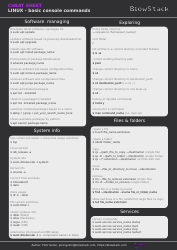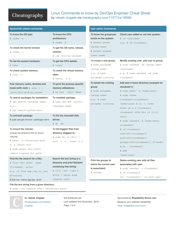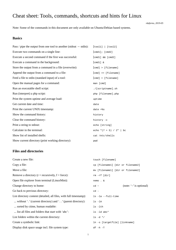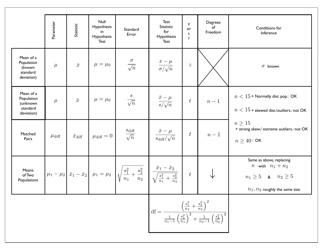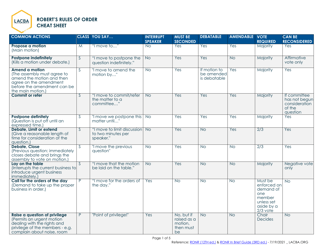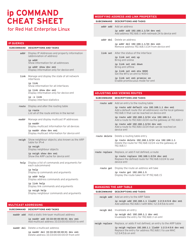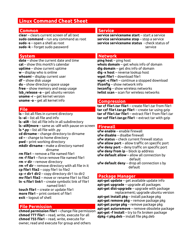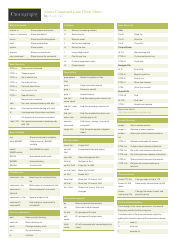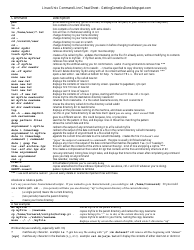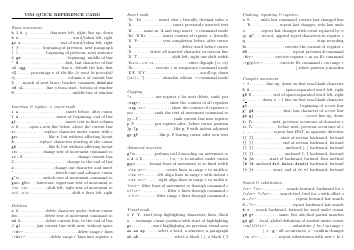Vim Commands Cheat Sheet - Big Table
The Vim Commands Cheat Sheet - Big Table is a reference document that provides a comprehensive list of commands and shortcuts for the Vim text editor. It helps users quickly understand and use various features and functionalities of Vim.
FAQ
Q: What is Vim?
A: Vim is a highly configurable text editor for efficiently creating and editing text files.
Q: How do I open a file in Vim?
A: You can open a file in Vim by typing 'vim' followed by the file name in the command line.
Q: How do I save a file in Vim?
A: To save a file in Vim, you can use the command ':w' followed by the file name.
Q: How do I quit Vim?
A: To quit Vim, use the command ':q'. If there are unsaved changes, you can use ':q!' to quit without saving.
Q: How do I navigate through a file in Vim?
A: In Vim, you can use the arrow keys to move the cursor, or you can use 'h', 'j', 'k', and 'l' for left, down, up, and right movement.
Q: What are some basic editing commands in Vim?
A: Some basic editing commands in Vim include 'i' for entering insert mode, 'x' for deleting characters, and 'dd' for deleting entire lines.
Q: How do I search for text in Vim?
A: To search for text in Vim, press '/' followed by the search term and then press Enter. Use 'n' to find the next occurrence.
Q: Can I undo changes in Vim?
A: Yes, in Vim you can undo changes by pressing 'u'. You can also redo changes by pressing 'Ctrl + r'.
Q: What are some advanced Vim commands?
A: Some advanced Vim commands include ':%s/old/new/g' for global search and replace, and 'gg' and 'G' for moving to the beginning and end of the file.
Q: How can I get help in Vim?
A: To get help in Vim, you can use the command ':help' followed by the topic you want to learn about.
